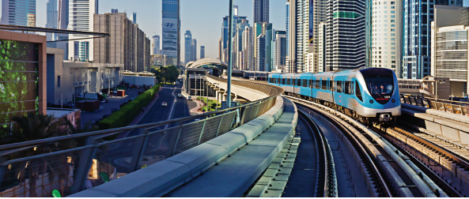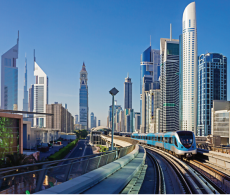October 27, 2015
Study links green building design to higher cognitive performance 0
People who work in well-ventilated offices with below-average levels of indoor pollutants and carbon dioxide have significantly higher cognitive functioning scores in crucial areas such as responding to a crisis or developing strategy than those who work in offices with typical levels. That is the headline finding of a new study from the Harvard T.H. Chan School of Public Health’s Center for Health and the Global Environment, SUNY Upstate Medical University, and Syracuse University published this week in the journal Environmental Health Perspectives.The researchers looked at people’s experiences in “green” vs. “non-green” buildings in a double-blind study. The findings suggest that the indoor environments in which many people work daily could be adversely affecting cognitive function-and that, conversely, improved air quality could greatly increase the cognitive function performance of workers.
















 Newly published research
Newly published research














September 24, 2015
Weighing up the pros and cons of the BREEAM environmental standard 0
by Charles Marks • Comment, Environment, Facilities management, Workplace design
(more…)